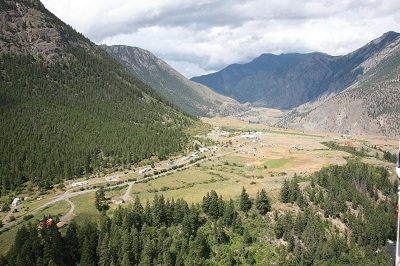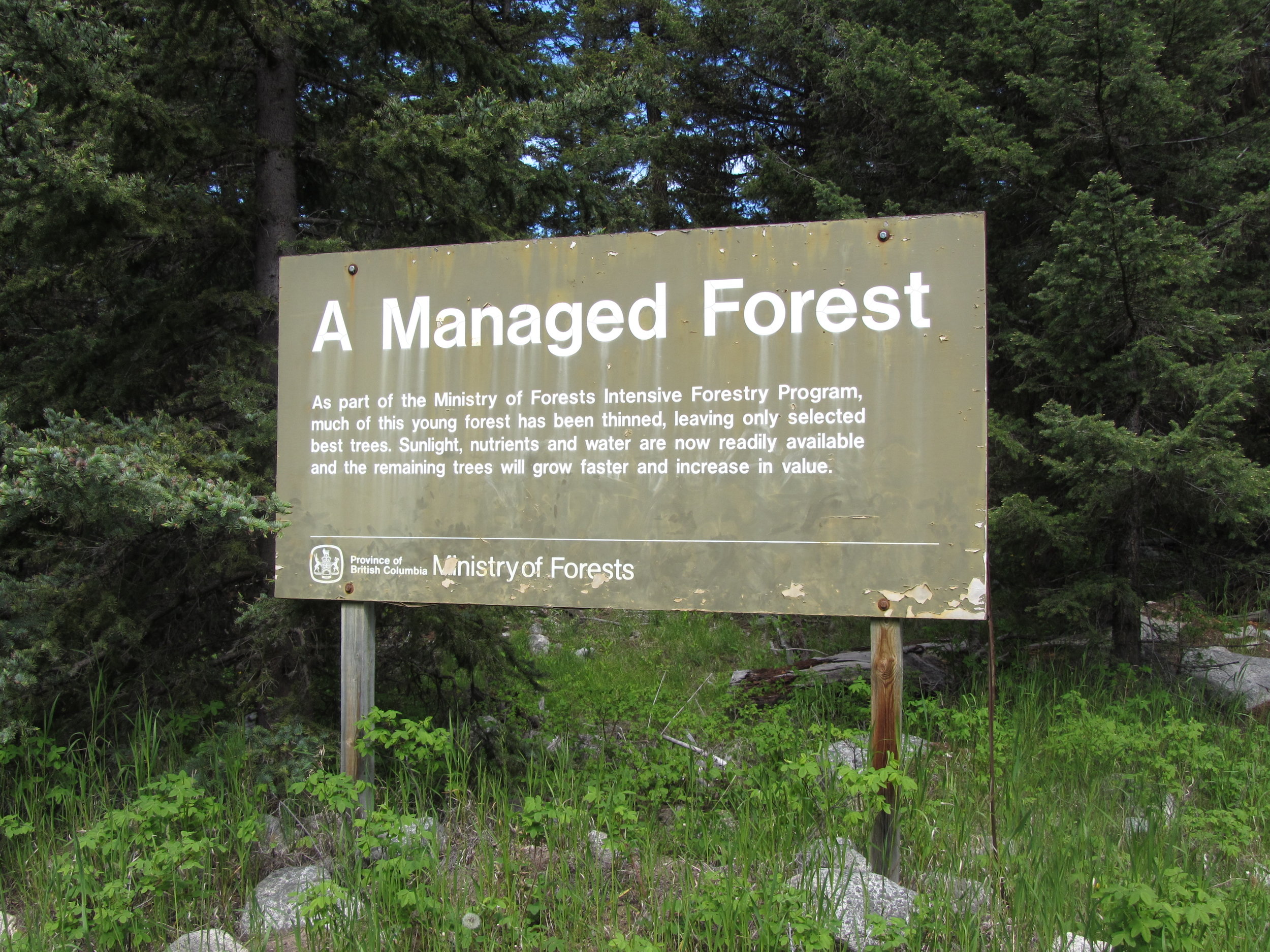REDEFINING SUSTAINABILITY AND ASSERTING SOVEREIGNTY
Our History.
Ownership and jurisdiction of Xaxli’p Survival Territory has been held by Xaxli’p since time immemorial. Our ancestors have lived in and planned the protection and use of Xaxli’p territory for thousands of years. We have learned the rules of proper land use from this place—land, water, plants, and animals. Under our management, ecosystems were able to support Xaxli’p needs, including hunting, fishing, and gathering food, medicinal, and textile plants.
Throughout the 1900s, the Province of British Columbia influenced the management of Xaxli’p territory through legislation and introduction of industrial forestry. Xaxli’pmec have been persistent in asserting Xaxli’p title and rights, and expressing our philosophy and methods of land protection and management with government. Throughout the past century, Xaxli’p has used several strategies to achieve control over management of Xaxli’p Survival Territory. The signing of the Community Forest Agreement in 2011 is our most recent interim step in asserting Xaxli’p decision-making authority within our Survival Territory. Reestablishment of Xaxli’p ownership and jurisdiction will eventually occur through a just and hounourable agreement with Canada and B.C.
On May 10, 1911, Xaxli’p signed the “Declaration of the Lillooet Tribe”. The Declaration identified three main goals: to assert that St’at’imc are the rightful owners of their traditional territory, to obtain a measure of justice from white leaders and governments, and to join other tribes in B.C. in a movement for their mutual rights. The declaration continues to be an important document for St’at’imc, and Xaxli’p continues to work towards achieving the three goals.
In the late 1990s, we used several strategies with the Province of British Columbia to develop agreements that adequately respected and protected Xaxli’p management authority over Xaxli’p Survival Territory. Unfortunately, these strategies were not successful and BC insisted upon retaining decision-making control over Xaxli’p Survival Territory, which is unacceptable to us.
The Ecosystem Based Plan (EBP) is a Xaxli’p plan developed in 2001 that describes our vision of land protection and use, and defines our management system for Xaxli’p Survival Territory. We have implemented the Ecosystem Based Plan in our Survival Territory to balance human uses with protection of the diverse, fragile ecosystems in our territory. During the same time period, we developed our Traditional Use Study (TUS). Our TUS left no doubt that we are the rightful owners of Xaxli’p Survival Territory.
With our TUS, EBP and Forest Policy, we looked for methods of asserting our approach to ecological and cultural sustainability with British Columbia. We became interested in a Community Forest Agreement during our treaty negotiations. A Community Forest Agreement would provide Xaxli’p with exclusive control of the timber and most non-timber resources within Xaxli’p Survival Territory, and would make it easier for us to implement the Ecosystem Based Plan. Xaxli’p chose to leave the treaty process, but continued to pursue a Community Forest Agreement.
The Xaxli’p Community Forest Corporation (XCFC) was created in December of 2008 and submitted our Community Forest Agreement Application in 2009. The Community Forest Agreement Application used materials from the Traditional Use Study and the Ecosystem Based Plan to develop the management plan for the CFA. The application was accepted in 2010, and the Community Forest Agreement was signed on March 2, 2011.
An important aspect of the CFA Application is the Mission Statement and Goals found in the management plan. This statement guides the work of XCFC, and, together with the Forest Policy completes the “Statement of Guiding Principles and Goals” for the Xaxli’p community forest.
The story of the Xaxli’p Community Forest is a unique example of persistence and hard work that have provided us with an important interim measure that recognizes our control over Xaxli’p Survival Territory. Over the past century, we have used many strategies and developed plans to assert and implement control over our Survival Territory. Efforts in negotiating agreements with government that acknowledge Xaxli’p management systems and authority over our Survival Territory have been difficult. However, our successful negotiation of the Xaxli’p Community Forest Agreement through persistence and dedication is a very positive step in achieving this goal.




